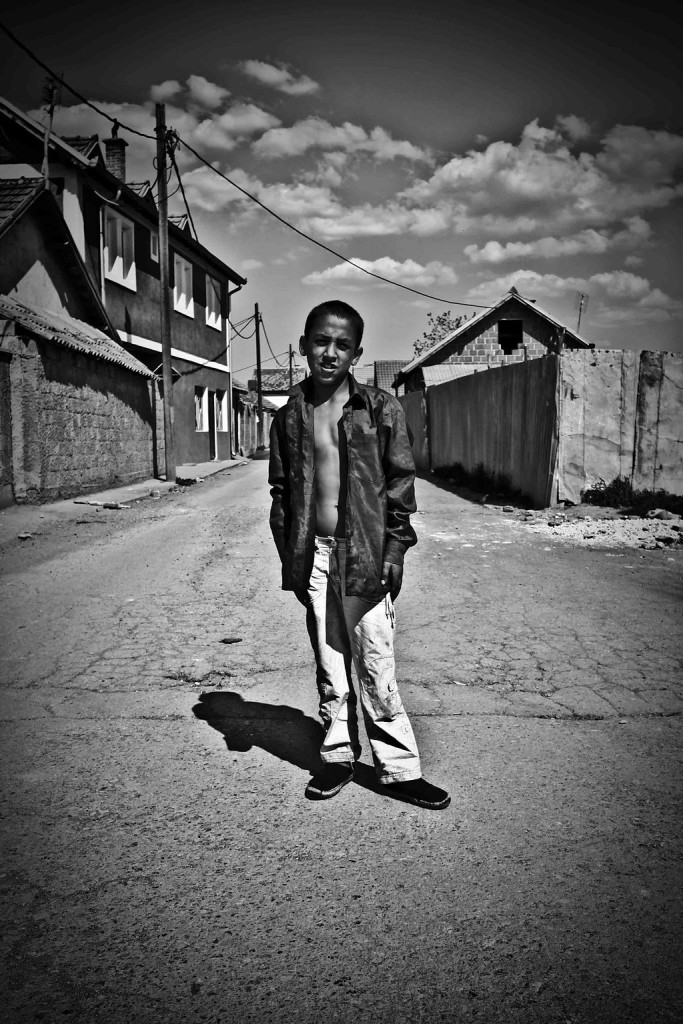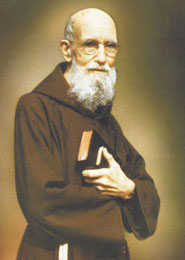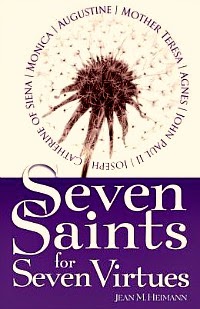Greeting the New Year—the Catholic Way
According to Georgetown University , as of October 2017, there are 1.28 billion Catholics in the world. 70.4 million of them are in the United States. The USA has a population of approximately 330,000,000 people. That works out to about 22% of the American population being Catholic.
From the Pope down to the vagrant, each of us is an individual creation made by God. We are all unique. Incredibly, we will all be judged individually. And, as Catholics, we will be held to a higher standard. After all, we proclaim to be part of the Mystical Body of Christ which is filled with the deposit of faith. No matter how we lived our lives, the common denominator for all of us will be: How much we loved each other and our neighbor.
Based on that, here are some points to consider if we focus on, before all else, pleasing God in the New Year, the Catholic Way:
- Never forget that you are God’s individual creation and therefore a gift He has bestowed on the world. Be humbled by the fact that He does have you in the palm of His hand. Without Him you are nothing.
- Be happy with who and what you are. God made you and loves If you feel you need to change to please Him, you can do it. Just ask for His help.
- The choices you make are your responsibility. Sometimes our choices hurt us. Embrace them and learn from them and move on. Thank God for the experience.
- Sometimes NOT getting what you want or what you think you need is a gift. If you trust God, you will thank Him. When “one door closes another opens.”
- Always count your blessings — not your troubles.
- Always do your best. The “best” is all God expects from each of us.
- You can make it through whatever comes along.
- Prayer is the most powerful of weapons and can be your greatest ally in all diversity.
- Don’t take things too seriously — especially yourself.
- The key to happiness is to give of yourself, not to “get” for yourself.
- Miracles happen; you are one — I am one — we all are one.
- Temptation is everywhere. It is okay to say “NO.”
- Finally, never fail to help a neighbor, whoever it may be — even a stranger.
We all will experience “highs and lows” during the coming year. As Catholics, we have the armor of the Church to shield us and the angels and saints to help us fight our battles with the evil one.
St. Michael the Archangel will always ‘defend us in battle.” St. Anthony will help us find lost items. St. Jude will help us through seemingly impossible barricades. Good St. Joseph is ready to help all men be good fathers and husbands. St. Monica will help moms and St. Dymphna will help those with experiencing emotional difficulties or suffering from Alzheimer’s disease. And, of course, the Blessed Virgin Mary is always there for all of us.
Virtually every day of the calendar year honors a particular saint, and that saint has been assigned a special task, such as St. Padre Pio, who is the patron of adolescents and volunteers, or St. Maximilian Kolbe, martyred in the Holocaust, who is the patron of drug addicts. Help is always available when you are Catholic.
Lastly, we have in place for our salvation the most beautiful thing this side of heaven; the Holy Sacrifice of the Mass. We can actually be at the foot of the Cross and then witness the resurrection. It is there for all of us every day if we so CHOOSE. Then there are the sacraments, always available to build us up and restore us to where we should be.
Yes—being Catholic is very cool. We even have the Rosary.
HAPPY NEW YEAR, 2018 –“No Fear”
Copyright 2018 Larry Peterson




